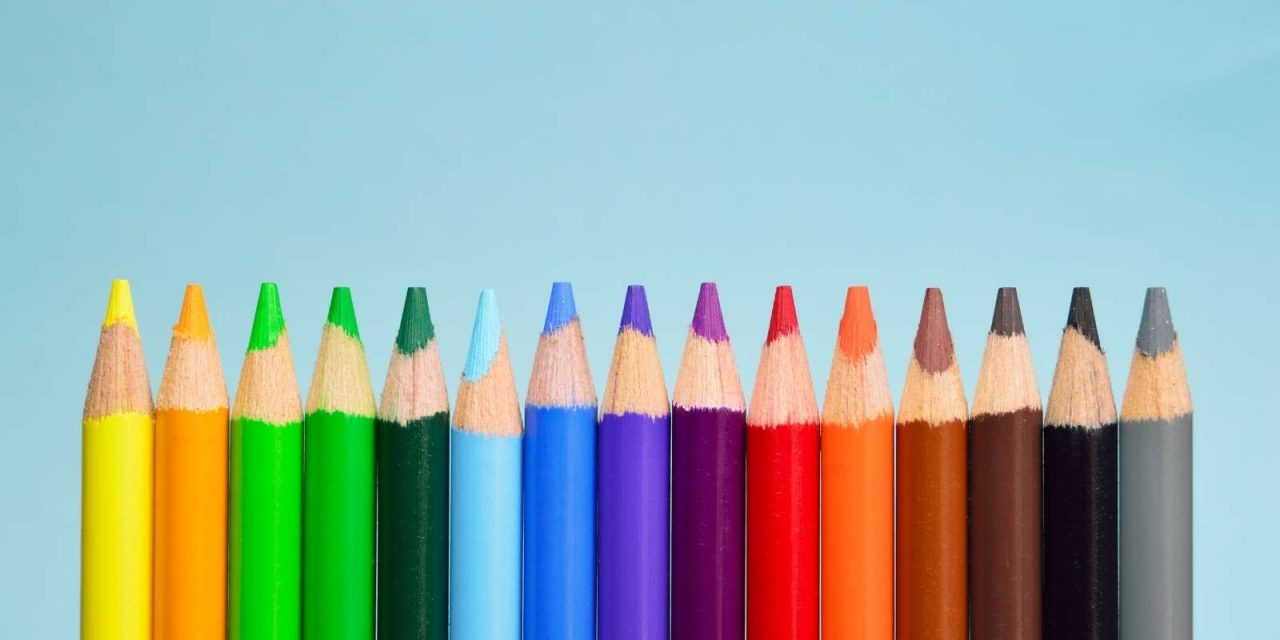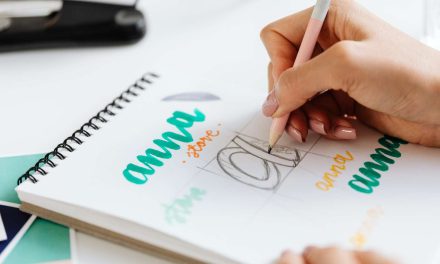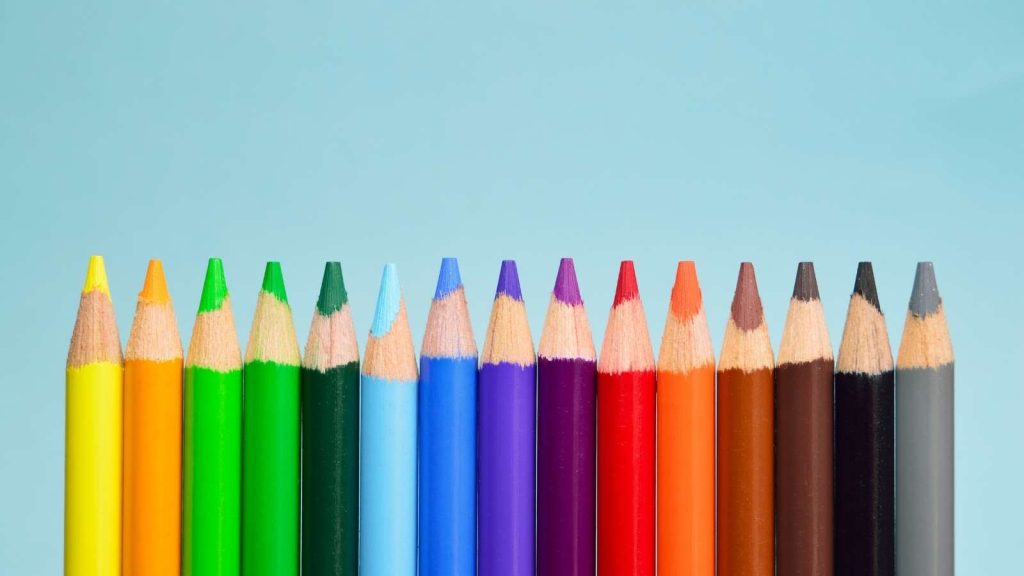
Colors are powerful but often underrated or misunderstood marketing tools. They can influence our perceptions and determine the success or failure of a brand. but often at a subconscious or semi-conscious level.
Consumers respond to colors without knowing or realizing why, but these responses can be more influential than copy in terms of first impressions. That’s why color psychology is key when designing your new logo or planning the rebranding of your ecommerce/website.
Color psychology is the study of how colors affect perceptions and behaviors.
In marketing, color psychology is focused on how colors impact consumers’ impressions of a brand and whether or not they persuade consumers to consider specific brands or make a purchase.
Source: helpscout.com
The power of colors
“Color is a power which directly influences the soul, said the artist Wassily Kandinsky, and this is true in all forms of visual communication. While color preferences in clothing may be totally personal and subjective, colors used in public spaces or online can make us feel happy, calm, more focused – or even to take us back to our childhood.
There are also differences between the sexes. For example, men generally prefer bold colors while women prefer softer colors. Men are more likely to select shades, whereas women are more receptive to tints.
Of course, personal preference is not always the best guide in visual branding. We have to think about the audience and the product or service. Let’s say you are planning to open a restaurant that sells only spicy food. Would blue be the right color for the brand?
Certain industries are associated with certain colors. The medical sector, for example, tends to use blue or certain shades of green. A lot of fast-food branding uses red and black. This is partly because colors have different cultural and psychological associations.
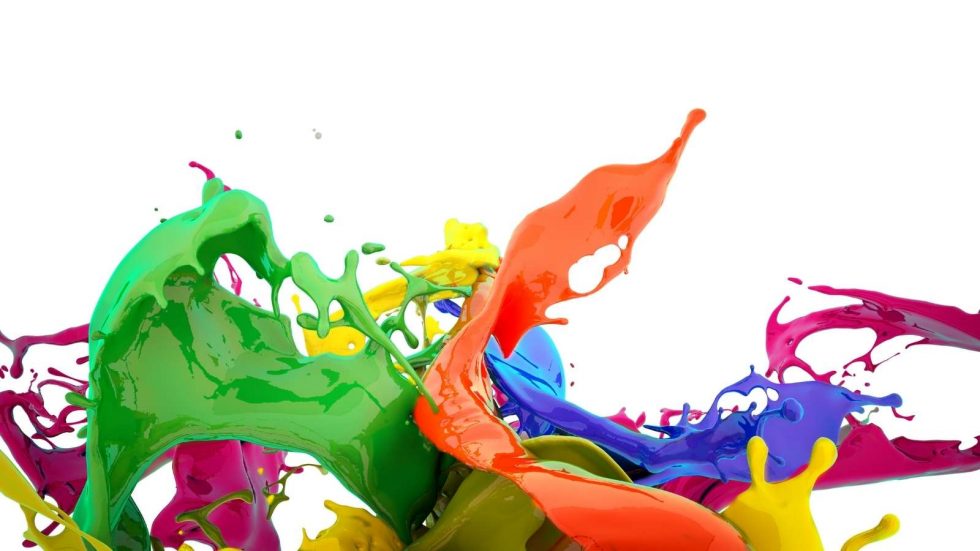
The psychology of colors in marketing
- Blue
According to digitalsynopsis.com, blue is the preferred color of men.
It’s associated with trust, peace, reliability and responsibility, and is thought to be a mentally soothing color. It also stimulates productivity according to some analysts.
Blue is one of the most common colors used by technology companies such as Facebook, Twitter, PayPal, IBM, Dell and Vimeo.
If you are planning to launch a tech company, you might consider these associations.
- Red
Red is usually associated with passion, excitement, energy, action and danger. And appetite.
This color could be perfect for certain kinds of restaurant or a fast-food franchise.
It also creates a sense of urgency and focus, which is why it is used in flash sales, calls to action and emergency signage.
Brands that use red include Vodafone, Lego, Red Bull, Tesla and Coca-Cola.
- Yellow
The color is intrinsically connected with happiness, positivity and optimism, but also with deceit and warning. Yellow allegedly stimulates the logic center of the brain.
Brands that use this color include Post-it, Ferrari, Ikea, McDonald’s, Nikon and BIC.
- Grey
If your business is connected with mass audience and information products, grey is your color.
Brands that use grey include Wikipedia and Apple.
- Pink
This color is usually connected with femininity, playfulness and love. It’s often used for teenagers or young-female products.
Brands that use pink are Barbie, Cosmopolitan, Orkut.
The meanings and use of color psychology
- Green
Green is usually associated with nature, money, growth, fertility, health and generosity. Tranquillity is another associated feeling, which is why it’s often used in stores to relax customers and make them stay longer.
Brands that use this color include Spotify, Heineken, Starbucks, Land Rover, Lacoste, WhatsApp and Android.
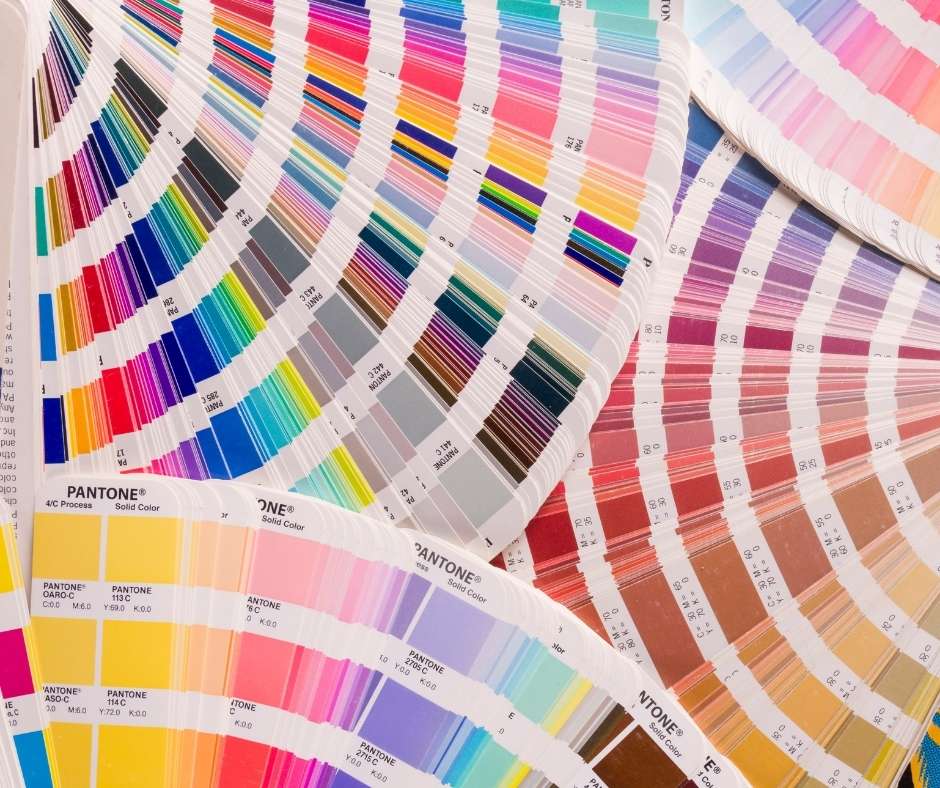
- Orange
This color is usually connected with creativity, adventure, enthusiasm, success, and balance. It’s an unusual color and attracts attention like red – but without the urgency.
Brands that use orange are Hermes Paris, easyJet, Penguin Books and Amazon.
- Purple
Purple is thought to appeal to the imagination and is often associated with royalty, respect and luxury. No surprise, then, that it is often used in beauty products.
Brands that use purple include Monster, Milka, Taco Bell or Hallmark.
- Black
Black is associated with mystery, power and elegance – but also with authority. It’s perfect to highlight calls to action.
Brands that use black are L’Oreal, WWF, Chanel and Nike.
- White
White is associated with innocence, transparency, goodness, cleanliness, and humility. It is the most used color for ecommerce websites because it aids navigation and focus.
If white is used well, it can be associated with modernity and cleanliness. If badly used, the result can be vague or visually uninteresting.
Brands that use white include Sony, Lancome, Cartier and Adidas.
Why are colors so important in advertising?
Deciding what colors to use is a crucial part of your marketing strategy. Colors help influence your audience’s feelings towards your brand and its characteristics.
What colors are the most used to attract clients?
Red is said to be the color that can trigger impulsive buying, so it can be an appropriate shade for attracting new customers. However, it depends on what kind of business you have, so it’s important to find the best color that fits your brand.
